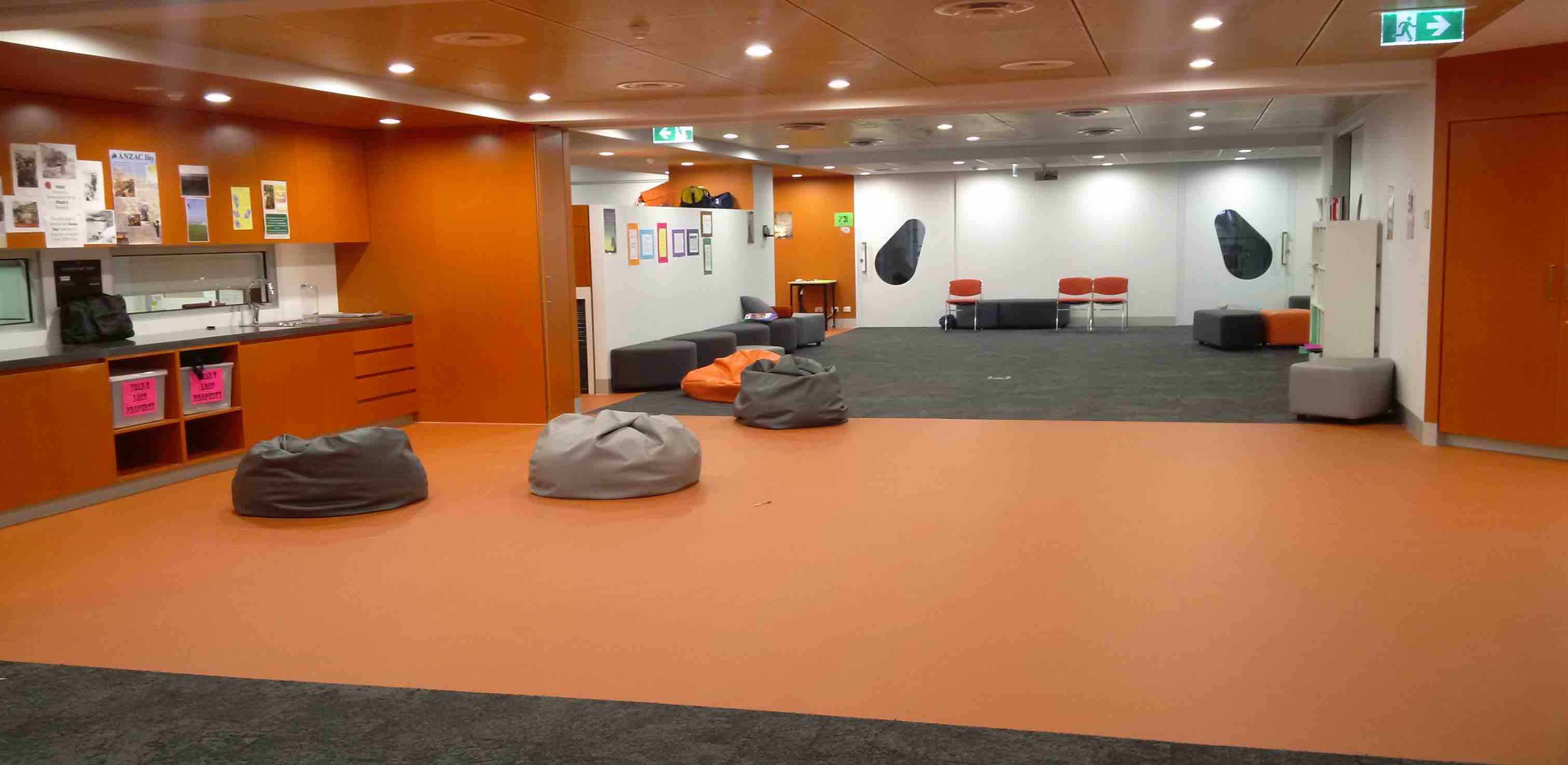Burnout, stress, depression: Aussie principals are struggling right now

New findings from an annual wellbeing study reveal that more than 97% of school leaders work over 40 hours a week, and more than 72.4% work over 50 hours a week.
Massive workloads, time shortages and student wellbeing were all reported as huge stressors by principals and school leaders participating in the study, which was published this week by the Institute for Positive Psychology and Education at Australian Catholic University.
Student mental health, in particular, has become a rising source of worry for school leaders in recent years. One NSW participant quoted in in the report, said:
… I have significant concerns with the prevalence of students, staff and parents that are now presenting with a myriad of mental health conditions within the workplace. The management of these conditions/situations constitutes a significant part of my job on a daily basis. It takes a large toll on my own mental health and wellbeing, and that of my wife who has to listen to the vast amount of war stories on a daily basis.
Other findings from the report:
“School leaders between the age of 31-40 reported higher Quantitative Demands, Work Pace, Cognitive Demands, and Emotional Demands compared to other age group counterparts. This age group also reported huge effect size higher for Quantitative Demands, Cognitive Demands, Emotional Demands, and Demands for Hiding Emotions compared to the general population.
“Participants with more than 20 years’ experience in a school leader role also reported lower results for all Demands at Work subscales compared to their less experienced counterparts.”
Response from the sector:
The Association of Heads of Independent Schools of Australia (AHISA) said it is concerned the stress burden on principals as a result of initiating rapid and ongoing educational and institutional changes in response to the COVID-19 pandemic may put more principals at risk of burn out.
AHISA CEO, Ms Beth Blackwood, is concerned the stress burden on principals as a result of initiating rapid and ongoing educational and institutional changes in response to the COVID-19 pandemic may put more principals at risk of burn out.
“The 2019 Survey also shows that principals are more likely to suffer burnout than the general population,” said Ms Blackwood, who was a member of the Survey’s consultative committee.
Since school leaders responded to the 2019 survey, they have been leading their communities through the extreme challenges of drought, bushfires and now a coronavirus pandemic. Many have had to deal with the impact of all three.
“When principals’ health and wellbeing are already at severe risk, we ask that parents and carers take extra care that their communications with school leaders and school staff – whether on school grounds or via email and phone – remain courteous and respectful,’” said Ms Blackwood.
There has been a very positive deepening of relationships between schools and parents and carers to meet the learning needs of students during COVID-19 restrictions.
“Parents have recognised and appreciated the extraordinary work of schools, and we are hopeful the patience, kindness and good humour that have characterised home-school relationships during remote learning will continue as all schools return to full, on-site education provision.”
Ms Blackwood said principals carry the burden of responsibility for managing the successful transition to onsite schooling and will need community support if they are to avoid burn out: “We ask parents to accept that right now principals must make decisions that take account of the wellbeing of all members of the school community, students and staff.”







